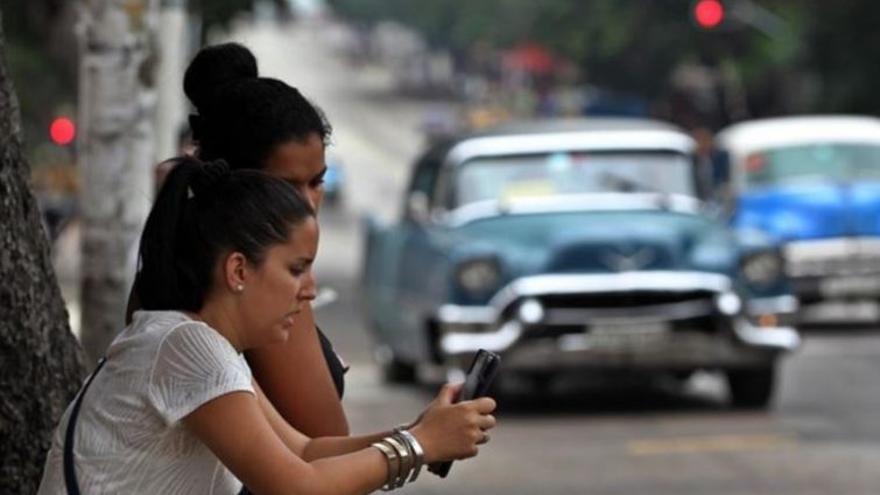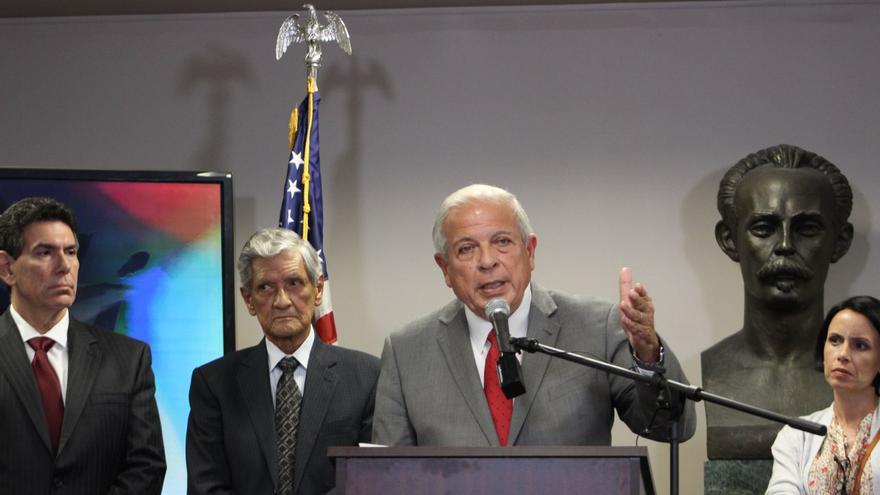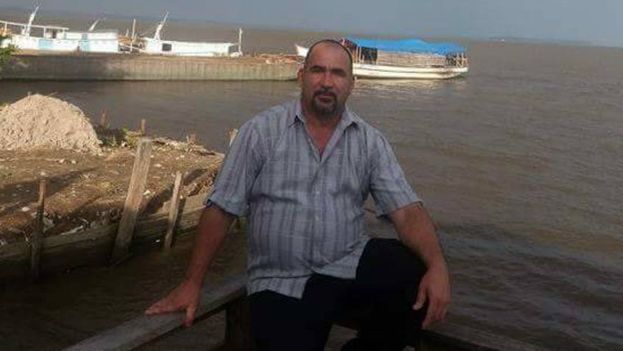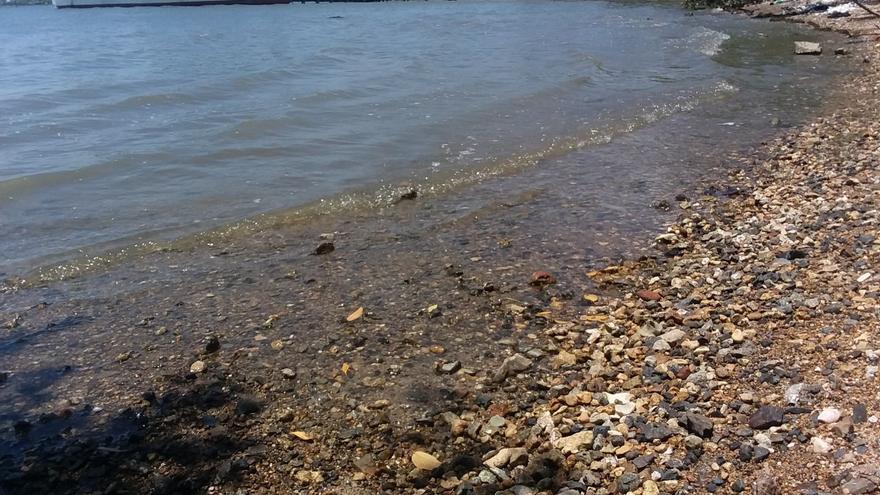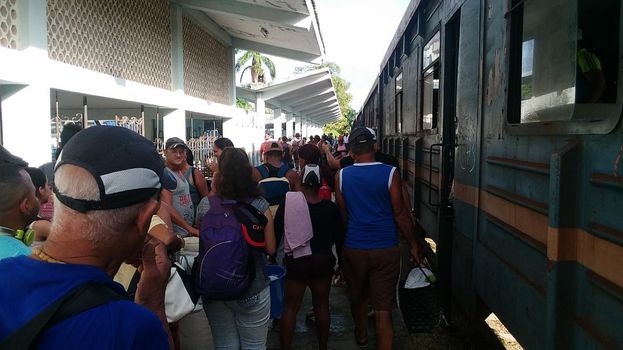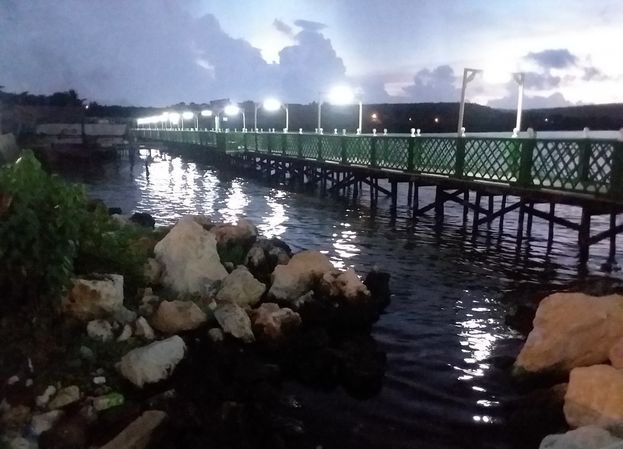
![]() 14ymedio, Luz Escobar, Havana | 27 August 2018 — A group of artists who have been promoting an intense campaign against Decree 349 since July are continuing to pressure the country’s authorities not to implement this law that demands that “commercial spaces for plastic arts” have prior authorization and be registered in the Creators’ Registry.
14ymedio, Luz Escobar, Havana | 27 August 2018 — A group of artists who have been promoting an intense campaign against Decree 349 since July are continuing to pressure the country’s authorities not to implement this law that demands that “commercial spaces for plastic arts” have prior authorization and be registered in the Creators’ Registry.
Last Thursday a representative of the group presented a letter with their demands to the office of the Attorney General and the National Assembly of People’s Power, as reported to 14ymedio by Luis Manuel Otero Alcántara, one of the visible faces of this initiative. The text, which details several demands and the reasons they are against this regulation, was sent as well to the Council of State and the Ministry of Culture.
Addressed to President Miguel Díaz-Canel and Minister of Culture Alpidio Alonso, the letter insists that the decree “not present a vision of the future for culture in Cuba.” It also denounces the law for “criminalizing independent art” and limiting “the ability of defining who can be an artist to a State institution.” continue reading
Another criticism made by the group of artists to this new law, which will enter into full force in December, is that creators weren’t consulted during its development and that they won’t have the ability to access “resources” or “independent arbitrators” in the case of a legal dispute.
The conceptual vagueness of the text is another point addressed in the letter, a matter that has worried the artists since they learned the content of the law after its publication in the Gazette Special Edition on July 10. One of the examples cited is the expression “contents harmful to ethical and cultural values,” a point that can take different interpretations that are not made explicit in the law. In response to this, the letter insists that art history demonstrates that “questioning the established systems of thought is the driving force of aesthetic development.”
They also mention that the government has dedicated itself to demonizing different mechanisms of independent art financing like crowdfunding. “The fact that a Cuban artist can finance his creations by his own means does not make him an opponent,” and they urge that the state to stop “confusing these platforms with the direct financing of a hostile organization or government.”
The document also announces that Decree 349 “authorizes the Ministry of Culture to designate inspectors” with the ability to “censor and suspend artistic performances, as well as impose fines and confiscate instruments, equipment, self-employment authorization, and goods like property from the house.”
According to the artists, the aim of Decree 349 “is the impoverishment of Cuban culture” and they warn that culture and art “can exist without a ministry, but the Ministry of Culture and the nation cannot exist without the creativity of its citizens.”
The letter that the group has delivered to these institutions is the same one attached to a petition that they are promoting on the platform avaaz.org, which already has 777 signatures. Among the artists who presented the letter are Luis Manuel Otero Alcántara, Yanelys Nuñéz, Iris Ruiz, Nonardo Perea, Amaury Pacheco, Soandry del Río, Yasser Castellanos, and Michel Matos.
Otero Alcántara makes clear that they were “well looked after” and that they received an acknowledgment of receipt but he emphasized the scarce information they received after the delivery of the letter and that only the Council of State communicated to them that the term to receive a response in this case is 60 days. “In the Capitol they told us that there were only three people working and that they didn’t know when they would have a response to give us because there were many cases pending,” he said.
The organizers of the campaign against the decree have claimed that this law is directed toward eliminating the work of independent artists who in recent decades have gained their space working at the margins of institutions.
The campaign #NoAlDecreto349, which has carried out various public actions to make the situation visible, has had the solidarity of numerous Cuban artists on social media, both on and off the island, who practice different artistic disciplines such as cinema and music. Writers, actors, and well-known plastics artists have also shown their support.
On at least two occasions the artists of this group were suppressed by force by State Security agents and the police during public protest acts. The most recent took place when they tried to hold a concert at the venue of the Museum of Politically Uncomfortable Art. Previously they tried to hold a performance on the steps of the Capitol.
Translated by: Sheilagh Carey
_________________________
The 14ymedio team is committed to serious journalism that reflects the reality of deep Cuba. Thank you for joining us on this long road. We invite you to continue supporting us, but this time by becoming a member of 14ymedio. Together we can continue to transform journalism in Cuba.

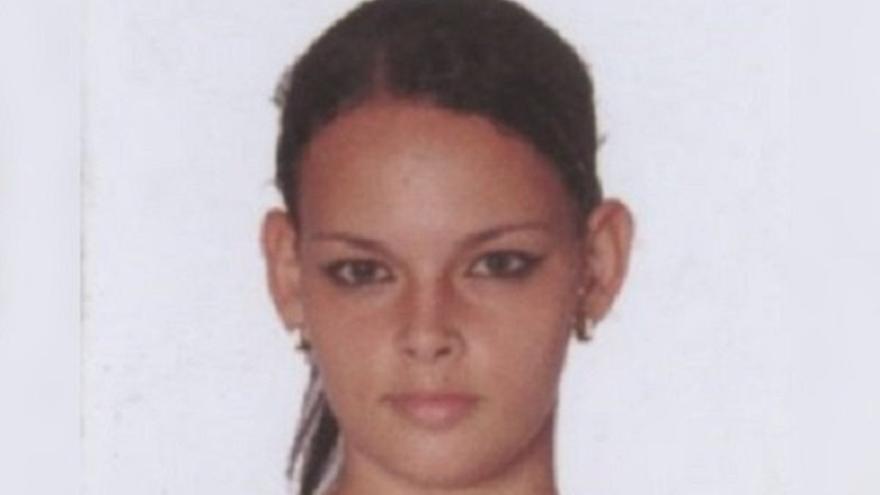
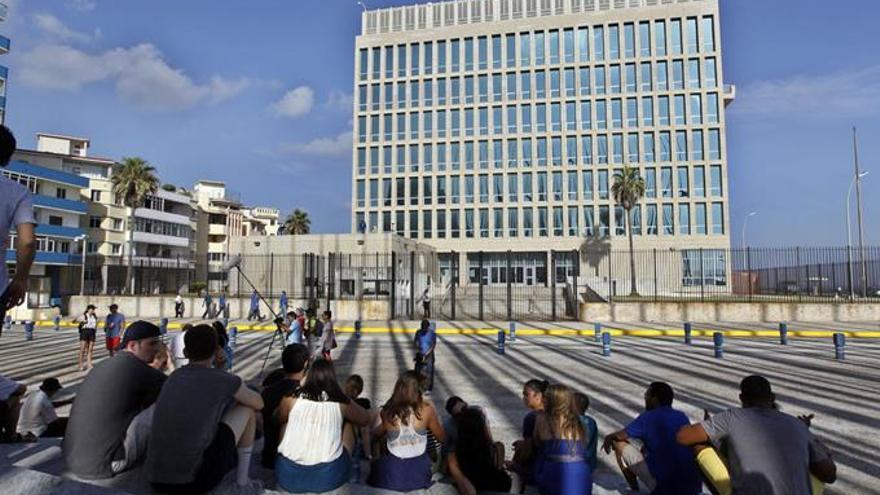
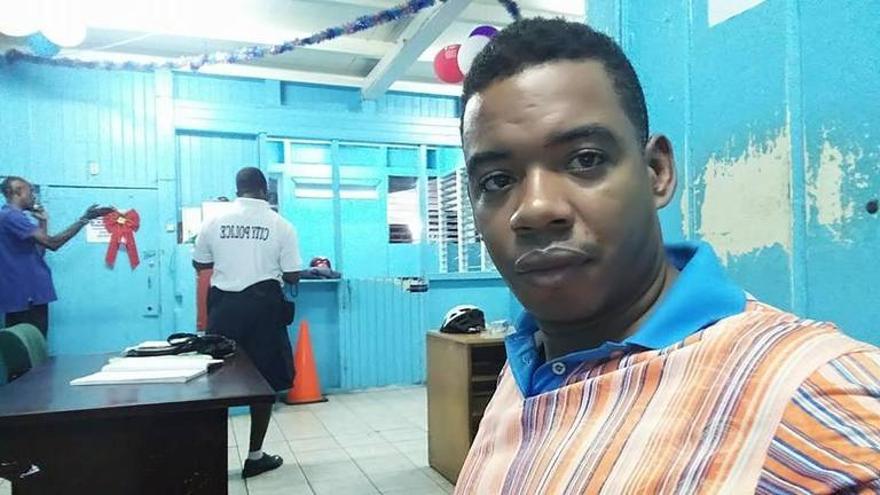

 Ángel Santiesteban
Ángel Santiesteban